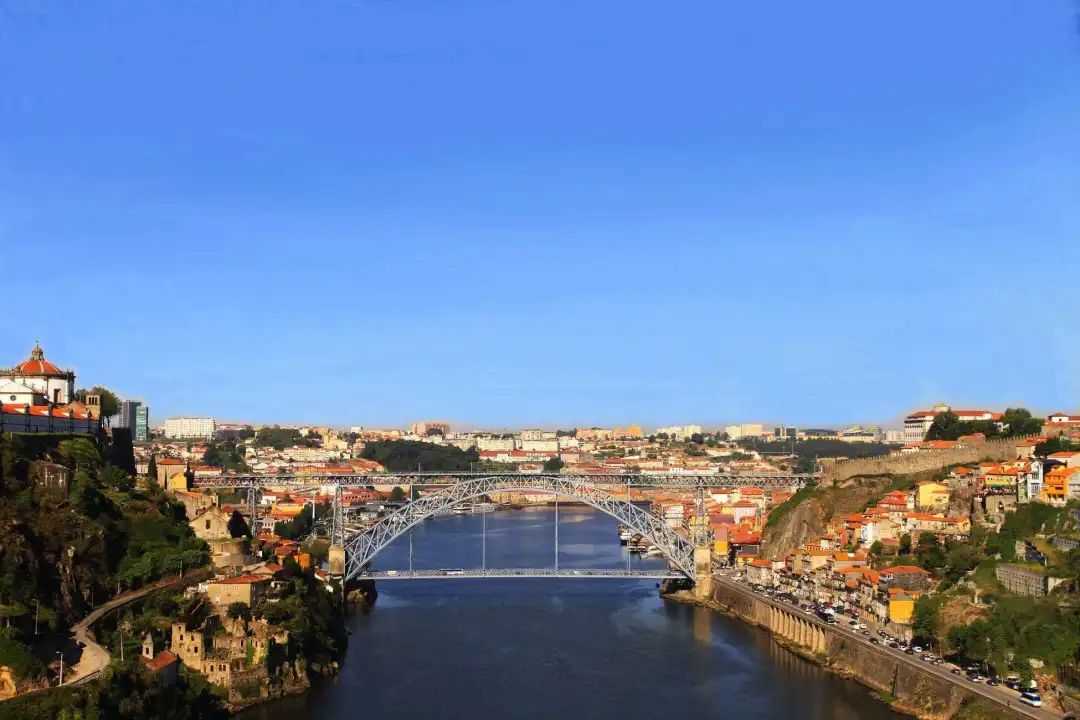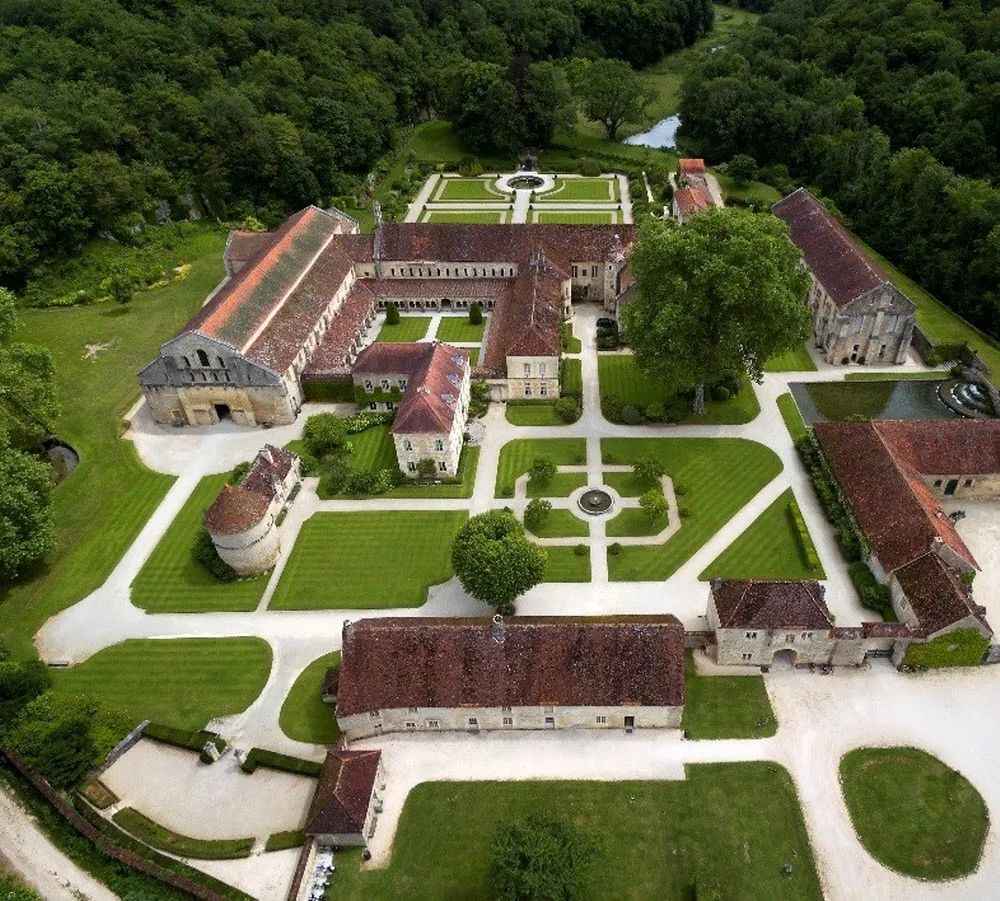
Native to Mexico’s Gulf of California, the vaquita is a tiny porpoise with a big heart—and an even bigger fight for survival. Measuring about 1.5 meters in length and weighing around 50 kilograms, this shy marine mammal subsists on small fish and squid. Tragically, it holds the distinction of being the world’s most endangered cetacean, with fewer than 20 individuals remaining in the wild.
What makes the vaquita instantly recognizable is its endearing appearance. Its round head is framed by dark "eyeliner"-like markings that resemble permanent "dark circles," while its mouth curves into a natural smile, giving it a perpetually gentle expression. When swimming, its short snout often peeks above the water’s surface, adding to its charm. Locals and conservationists alike have dubbed it the "sea panda" for its striking facial markings and cuddly demeanor, though its plight is far from cheerful.
The vaquita’s survival is threatened primarily by illegal gillnet fishing, which accidentally traps and drowns these gentle creatures. Despite international bans on such gear, poaching for the lucrative totoaba fish trade continues to decimate their population. Conservation efforts, including emergency sanctuary zones and rescue missions to relocate vaquitas to protected facilities, are underway, but time is critically short. As the "ghost of the Gulf" faces the very real threat of extinction, its story serves as a stark reminder of humanity’s impact on fragile marine ecosystems—and the urgent need to protect Earth’s most vulnerable species.





